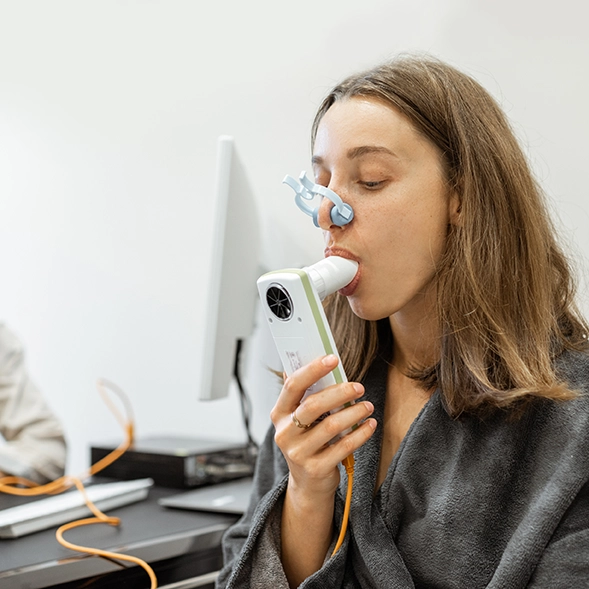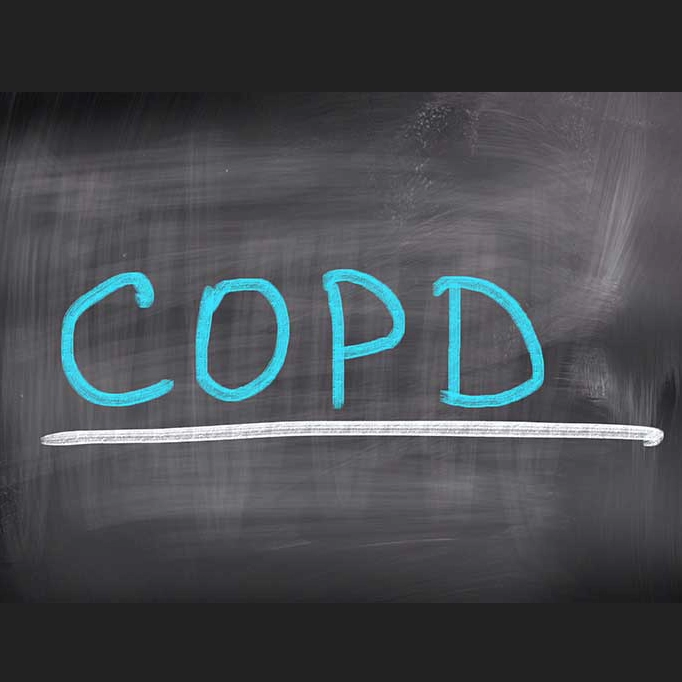Introduction:
Achieving disease stability is emerging as a practical treatment goal in COPD, defined by the absence of exacerbations, preserved lung function, and stable health status. This analysis compared disease stability outcomes using composite definitions (SGRQ or CAT-based) in patients treated with triple therapy (FF/UMEC/VI) versus dual therapies (FF/VI or UMEC/VI).
Methods:
- Study Design: Post hoc analysis of the 52-week, Phase III IMPACT trial
- Population: 10,355 patients aged ≥40 years with symptomatic COPD and high exacerbation risk
- Intervention:
- FF/UMEC/VI (N=4151)
- FF/VI (N=4134)
- UMEC/VI (N=2070)
- Disease Stability Definitions:
- No moderate or severe exacerbation during the study period
- No more than a 100 mL decline in FEV₁ from baseline
- And one of the following health status criteria:
- SGRQ-containing definition: ≤4-point decline in SGRQ score from baseline
- CAT-containing definition: ≤2-point decline in CAT score from baseline
Maintenance of disease stability was assessed from baseline to Week 52Results:
|
Outcome |
FF/UMEC/VI |
FF/VI |
UMEC/VI |
|
% Achieving Stability (SGRQ-based) |
26% (1063/4074) |
17% (672/3984) |
19% (375/2005) |
|
% Achieving Stability (CAT-based) |
23% (931/4074) |
15% (605/3984) |
17% (338/2005) |
|
Median Days Stable (SGRQ-based) |
120 |
36 |
79 |
|
Median Days Stable (CAT-based) |
110 |
31 |
36 |
|
HR for Loss of Stability (SGRQ) |
Reference |
1.43 (1.37–1.52) |
1.32 (1.23–1.39) |
|
HR for Loss of Stability (CAT) |
Reference |
1.37 (1.30–1.43) |
1.28 (1.20–1.35) |
Conclusion:
Triple therapy with FF/UMEC/VI led to a greater proportion of patients achieving and maintaining disease stability over 52 weeks, compared to dual therapies. These findings support disease stability as a meaningful treatment target in COPD and highlight FF/UMEC/VI's advantage in long-term control. Further work is needed to standardize component thresholds.
Am J Respir Crit Care Med 2025; 211: A1015
American Thoracic Society 2025 International Conference, May 18-21, San Francisco



